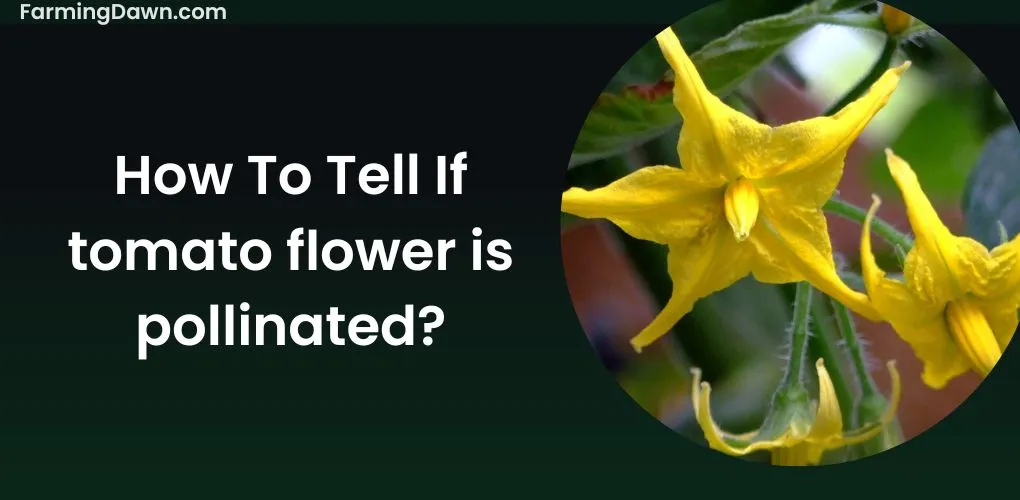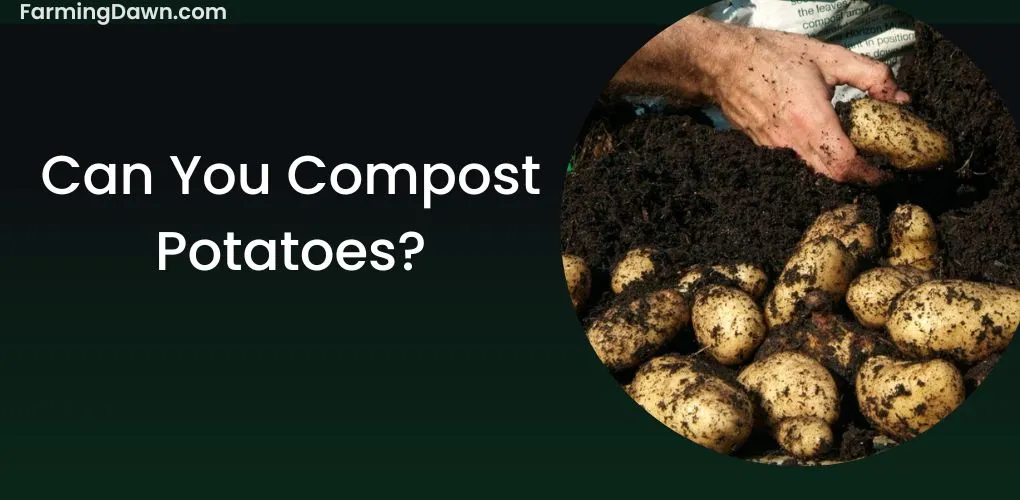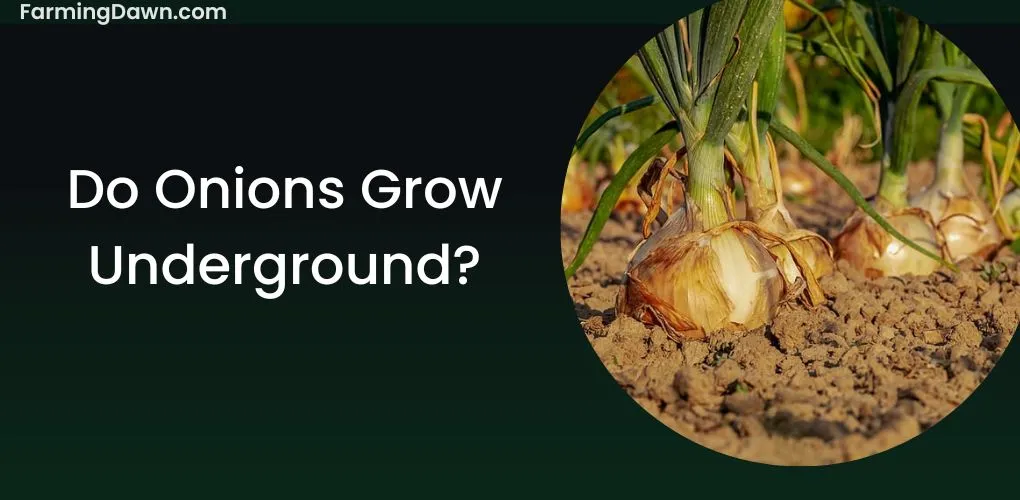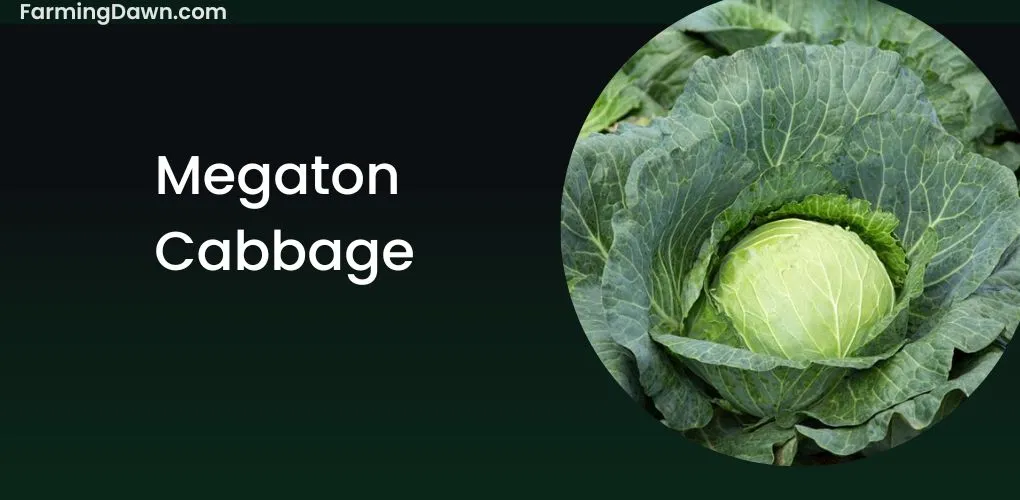People all over the world like cucumber, a widely consumed vegetable. But have you ever thought about why there are no male flowers on cucumber plant? Gardeners and those interested in plants’ growth and reproduction frequently ask this question.
Today I will share the reasons behind the absence of male flowers on cucumber plants and how this affects their growth and reproduction.
Reasons For No Male Flowers on Cucumber Plant
To understand the reasons for no male flowers in the cucumber plants we will first have to look at the flowering process of the plant.
Understanding the flowering process of cucumber plants
The flowering process in cucumber plants is a crucial stage in their growth and development, as it leads to fruit formation. It’s critical to comprehend this procedure to grow cucumbers successfully.
Cucumber plants can have male or female blooms; after pollination, the female blossoms will provide the fruit. Female flowers are larger and fewer in quantity, while male flowers are often smaller and produced in greater numbers.
Pollination can be done manually, via hand pollination, or naturally, such as by wind or insects. After pollination, the female bloom will mature into a fruit that carries seeds, which are the plant’s reproductive organs.
How To Tell the Difference Between Male and Female Flowers
It’s essential to identify which type of cucumber plant you have to properly pollinate it and reap a plentiful harvest. Cucumber plants can either be male or female.
Male flowers grow on a thin stem and have a single stamen in the center of the flower. Contrarily, female flowers feature a little swelling at the base of the blossom that, if pollinated, will eventually develop into a cucumber.
Examine the flower’s center up close to determine the difference. A male bloom is identified by a single stamen, and a female flower by a tiny swelling.
Why does my Cucumber Plant only have Female Flowers?
Cucumber plants produce both male and female flowers, and the development of these flowers is influenced by a variety of factors.
Temperature
The male and female flowers of cucumber plants might develop differently depending on the temperature at which they are growing.
Cooler temperatures can result in more male flowers growing, whereas warmer temperatures often encourage the production of female flowers. This greatly affects a cucumber crop’s overall yield.
Light
The development of cucumber plants in both of these flowers can also be influenced by the quantity of light they get.
Low-light environments are more likely to generate male flowers in cucumber plants, whereas bright, sunny environments are more likely to create these flowers.
Hormones
In cucumber plants, male and feminine flowers can develop at different times due to hormonal imbalances.
Gibberellic acid is a hormone that can either encourage the growth of lady flowers or cause the formation of male flowers, depending on its concentration.
Genetics
Last but not least, a cucumber plant’s genetic composition can affect how male and female flowers form. Different cucumber cultivars naturally have a higher likelihood of producing female blooms than male flowers.
What Is the Yellow Flower on the Cucumber? The Cucumber Blossom
The cucumber blossom is the yellow flower that frequently blooms on these plants. Fast-growing, vining cucumber plants are widely grown for their edible fruits, commonly used in salads and other cuisines.
The lovely yellow blossoms, which normally bloom in the summer, are essential to the cucumber plant’s ability to produce fruit.
There are man and lady flowers on every plant because the flowers are monoecious. Now, what are these monoecious flowers? I have also explained it in detail below.
First, the male blooms appear tall and slender with many stamens. Later-blooming feminine flowers have a smaller ovary at their base and are more rounded.
Pollination of the female flowers is required by the masculine flowers in order for the female flowers to grow into cucumbers.
The wind and insects like bees and butterflies can help with natural pollination. To guarantee effective pollination, farmers may also employ physical techniques like stroking the masculine flowers toward the female flowers.
After pollinating the female flowers, the ovary will expand and turn into a fruit.
Additionally, edible cucumber blooms are frequently utilized in cooking in various cultures. Cucumber flowers, for instance, are a common element in tempura in Japan and salads or as a snack in Italy.
What Is The Blossom End of a Cucumber?
The blossom end of cucumber is the side that faces away from the stem end.
Because it was originally joined to the cucumber plant’s female flowers, it is known as the blossom end and is where the fruit formation process starts.
Knowing which end is the blossom end is crucial since it can change the cucumber’s flavor and consistency. For instance, as a plant age, the blossom end may become soft and mushy; therefore, to maintain freshness, it is recommended to keep fruit with the stem end up.
Additionally, the blossom end of some Cucumis sativus cultivars has a mildly bitter flavor, so it’s better to remove it before eating.
Male Cucumber Blossom
A guy cucumber blossom is essential to the development and reproduction of these plants. Unlike the female bloom, which produces the fruit, the male flower has the pollen necessary for fertilization.
These blossoms often develop in bunches on the plant and are smaller in size. As they supply the pollen required for the female flowers to be fertilized and produce fruit, they are essential to the success of cuke crop production.
Understanding the difference between male and female cucumber blooms is crucial for farmers and home gardeners since it can assist maximize crop production and guarantee the health of the plants.
Female Cucumber Blossom
The female cucumber blossom is a vital aspect of Cuke plant reproduction. The blossom carries the ovary and, ultimately, the fruits.
Long-stemmed blossoms open early in the morning to accept pollen from masculine blossoms. Having both male and feminine flowers on the same plant allows them to self-pollinate because Cucumis sativus plants (cucumber plants) are monoecious.
Bees and other insects can also cross-pollinate plants, which increases fruit yields and genetic variation in the cucumber crop.
Within 24 hours of blooming, the female blossom must be pollinated to guarantee successful fruit development and a plentiful cucumber crop.
Monoecious Flowers on Cucumbers
Monoecious flowers provide the necessary pollination for cucumber plants to produce a good yield and help efficiently use resources, as the plant does not have to rely on external pollinators.
It is well known that Cucumis sativus have monoecious blooms, meaning the same plant has both masculine and feminine reproductive organs separately.
Most Cuke cultivars share this trait, which allows for self-pollination and makes them a good choice for backyard gardening.
How to Get More Female Flowers on Cucumber Plant?
There are a few methods you can attempt to increase the number of female blooms on your cucumber plant. Ensure that the plant is receiving adequate nutrients, water, and sunlight first.
A preference for male flowers can result from stress. Second, think of hand-pollinating the female flowers by delicately applying pollen from the male flowers to them with a tiny brush.
This may aid in boosting the number of feminine flowers and, consequently, the Cucumis sativus crop. Utilizing gibberellic acid, a plant hormone that can encourage the formation of pistils is another technique.
This hormone is sold in gardening supply stores. Finally, avoid over-pruning your Cucumis sativus plant because doing so can diminish the number of female floret produced.
How To Increase Male Flowers in Cucumbers?
Start by planting the seeds in warm soil, providing enough sunlight and nutrient-rich soil, and protecting the plants’ health by maximizing the number of male blossoms in Cucumis sativus.
Refrain from overfertilizing
This can result in excessive vegetative growth and a lack of blossoms. Destroying female flowers that emerge early in the season can also promote the development of more male blossoms.
Utilizing a trellis
By providing the plants with a structure, like a trellis, they can produce more male blooms due to improved air circulation and increased exposure to sunlight.
Reasons for Cucumber Flowers but No Fruit
There can be a few reasons for a cuke flowering but not producing fruit. I have listed some of them here:
- Lack of Female Flowers
- Lack of Male Flowers
- Lack of Pollination
Lack of Female Flowers
There could be various reasons why the plant doesn’t produce female blossoms. Flowers may adapt to changes in temperature and humidity in the environment.
The plant may be stressed due to nutrient deficiency, water shortage, or disease.
While In some other cases, the plant may be too young to bloom, and it may take a few weeks for the plant to grow sufficiently to begin producing feminine blooms.
Lack of Male Flowers
The plant won’t be able to pollinate the feminine blooms and won’t be able to produce fruit if it lacks male blossoms. This occurrence is referred to as a “female flower burst.”
The lack of masculine blossoms may be caused by various factors, including disease, a plant’s genetic predisposition, and temperature stress.
Lack of Pollination
When pollinators like bees, butterflies, and moths don’t visit the Cucumis sativus plant’s masculine and feminine blooms frequently enough, the plant doesn’t produce fruit.
The female blossoms won’t be fertilized without pollination, which prevents fruit production.
Do Cucumbers Self Pollinate?
A pollinator is not always necessary for cucumbers to produce fruit because they frequently self-pollinate.
This is because the male flower possesses anthers, which are responsible for producing the pollen required for pollination, but the female bloom just has the stigma.
Even though Cucumis sativus may self-fertilize, producing a mixture of male and female plants is desirable to ensure the highest level of pollination and fruit production.
How To Hand Pollinate Cucumber Flowers?
Hand pollination is the process of moving pollen from the male flower to the female bloom.
Gently rub the center of the male flower, which has a tiny tubular structure, onto the center of the female flower to manually pollinate cucumber blossoms (which have a round form).
To improve the likelihood of successful pollination, repeat this procedure on several blooms. Keep in mind that female flowers have a small baby cuke behind them flower, while the opposite does not.
How Long After Flowering Do Cucumbers Appear?
They grow quickly and begin to bear fruit within two to three months after planting. Cucumbers typically form and mature within 7 to 10 days of the flowering stage.
As cucumbers have a short shelf life, it is crucial to monitor their progress frequently and pluck them when they are ready.
Overripe cucumbers can become tough and bitter, while under-ripe cukes may not have the desired flavor and texture.
It is ideal to select the cucumbers when they are still young and firm, typically 7–10 days after blossoming, to ensure a plentiful crop.
No Male Flowers on Cucumber Plant: Takeaway
To wrap up this discussion, I would conclude that the genetics of the plant play a role in the absence of male flowers on Cucumis sativus plants.
I hope this post clears all your doubts about why there are no male flowers on cuke plants. If you still have questions, you can ask me in the comments. Thank you!
Understanding the anatomy of cucumber plants can help gardeners improve their yields and better understand the growth and pollination process. Read my other articles to learn more:
- Why is my Cauliflower Yellow?
- Why are my Tomato Leaves turning white?
- How to grow sweet peas in Toilet rolls?





